Old-school transportation of Budapest back in the day – PHOTOS

Back in the day, the shape and landscape of Budapest were completely different from what you can see right now (hopefully from your window because we are all staying at home, or from your memories). During the Soviet era, Budapest also featured many Soviet statues and symbols, and even Soviet-made vehicles were seen on the streets and roads. Step back in time through colourful old pictures and read interesting stories about what transportation used to be like in the Hungarian capital.
- Beautiful pictures of old Hungary are kept in the USA
- Pictures that highlight why you need to visit Hungary – Castles
In this photograph, you can see one of the many gates of Budapest and the road which allowed car drivers to enter the capital from the countryside, reports Index. Next to it, the statue of Captain Steinmetz welcomed drivers. Miklós Steinmetz was the captain of the Soviet Red Army during World War II in Budapest. In 1956, during the Revolution and Uprising, the statue was damaged by protesters and was later replaced.

The other gate of Budapest was certainly the airport which used to be called Ferihegyi Airport (today, it is Liszt Ferenc International Airport). Its construction started before World War II but was only finished at the beginning of the 1950s. The most exciting part of the airport was its terrace (today, Terminal 1) from where many people observed the planes and other vehicles free of charge all day long. Those who arrived at Budapest usually travelled to the city centre by bus and not with taxies.


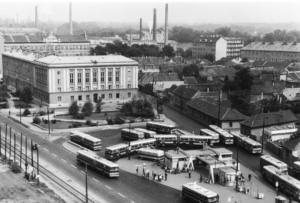
The Libegő is Budapest’s unique vehicle and still very popular among people during the spring, summer, and early autumn months. It provides us with a nice and calm ride among nature, enjoying the sunshine, trees, fresh air, and the view around us.

Metro Line 2 is constructed in Deák Ferenc Square in the heart of the city. For many years, this square was the end station of the line before expanding it between Déli Railway Station and Örs Vezér Square after 1972. Until 1981, Metro Line 3 also came to an end at Deák Square, and later, this line was also expanded.

One of Budapest’s most iconic squares was Moszkva (Moscow) Square for years because of its name. The place was not only an important traffic junction for buses and trams but the meeting point of students under the legendary clock in the middle of the square. Today, the place has a brand-new look and a new name under Széll Kálmán Square.
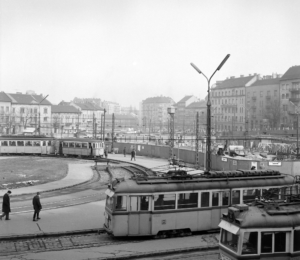
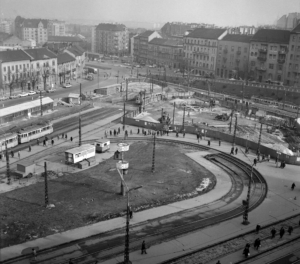
The most famous gate of Budapest was certainly the one which leads to Lake Balaton. Here, the statue of Osztapenko said goodbye to or welcomed drivers. Ilja Afanaszjevics Osztapenko was one of the famous fallen soldiers during the war taking part in the Siege of Budapest.

One of Budapest’s railway stations is being renovated. Can you guess which one?

The Millenium Underground was the first train line built beneath the surface on the continent in 1896. The line runs under Andrássy Road, the most famous boulevard of Budapest, which is also among the UNESCO World Heritage Sites. For a long period, after Heroes’ Square, the line came up to the surface.

Undergrounds in Budapest were astonishing things for citizens. After lines two and three were built on a particular section, many people were thrilled that travelling from one point of the city to another would be so quick and comfortable. Here you can see one of the vehicles, a controlling room, and some entrance gates.
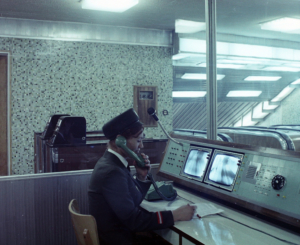


Last but not least, travelling by car was also an option, although getting one was not easy at all and could take years of waiting. Here you can see some of the old cars of Budapest.

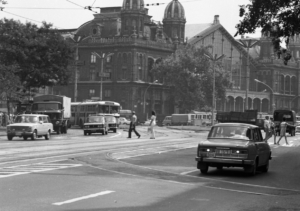
Source: www.index.hu






Correction: The Millenium Underground (M1) was the first electric underground line in mainland europe. The first on the continent of europe was the South London & City Railway in London. It started operating in 1890, six years before the M1. Britain is on the continent of Europe, although many people seem to forget that.
Excellent article by Author – Gergely Kolba – Deserves Acknowledgement of its Quality and History lesson //
Please keep them coming maybe daily, as they delight and please – educate – people like myself of English background, with no written or oral Hungarian communication, in the wonderful history and the events of change – buildings history and so on, that our beautiful City of Budapest, Hungary, my place of residency, has undertaken.
Thank-You.